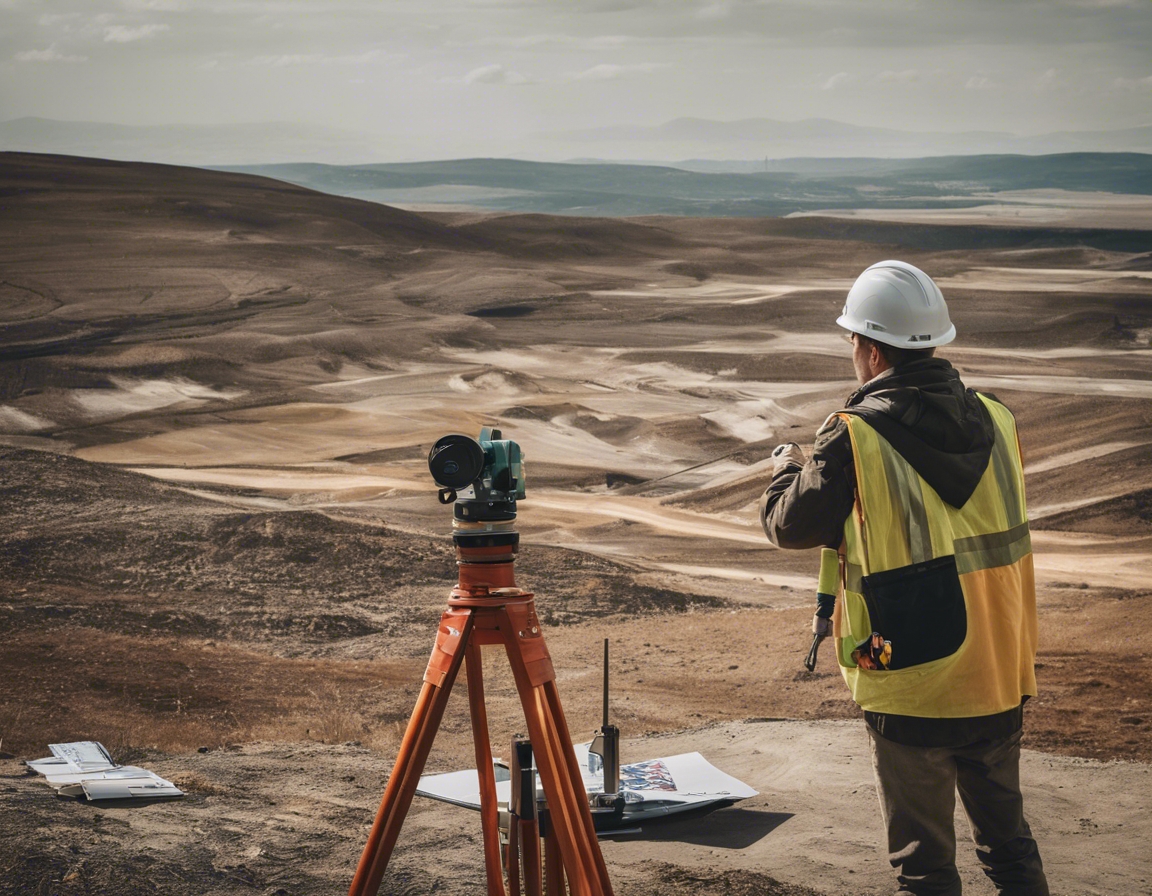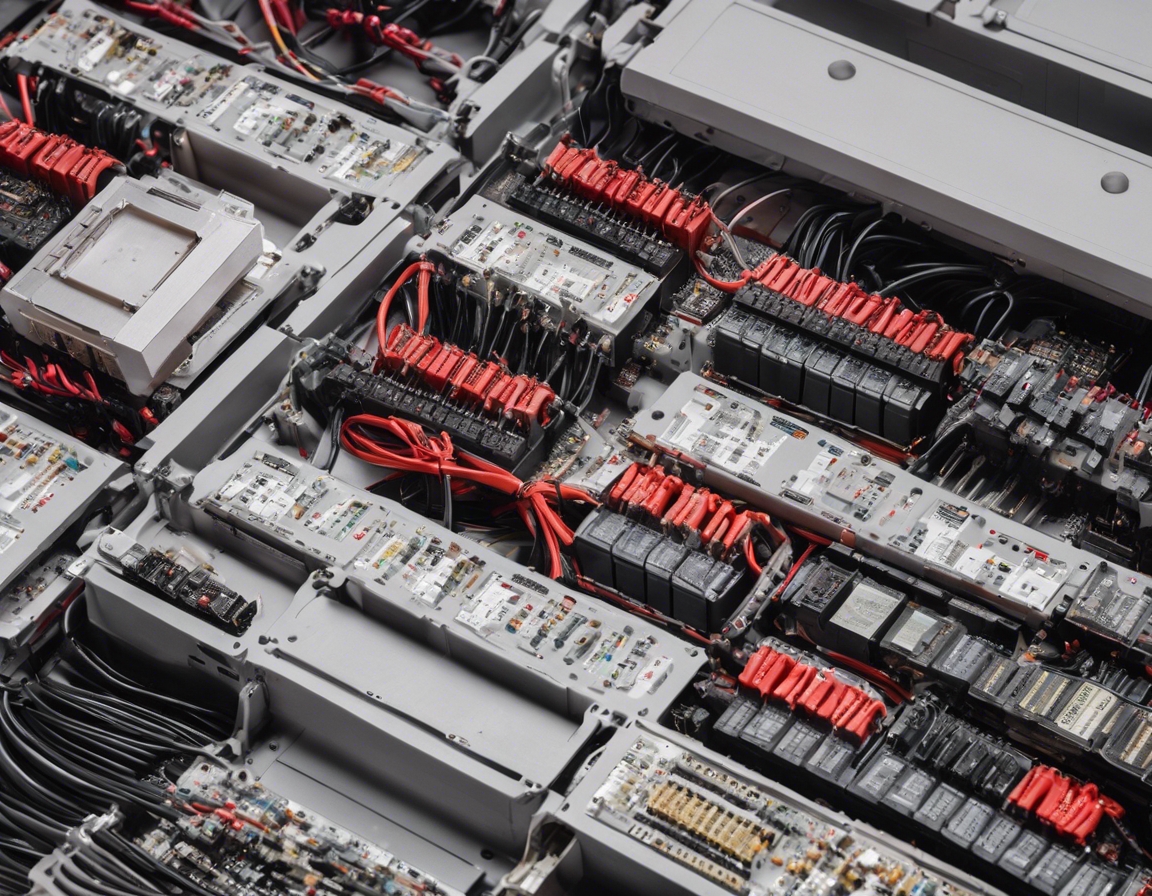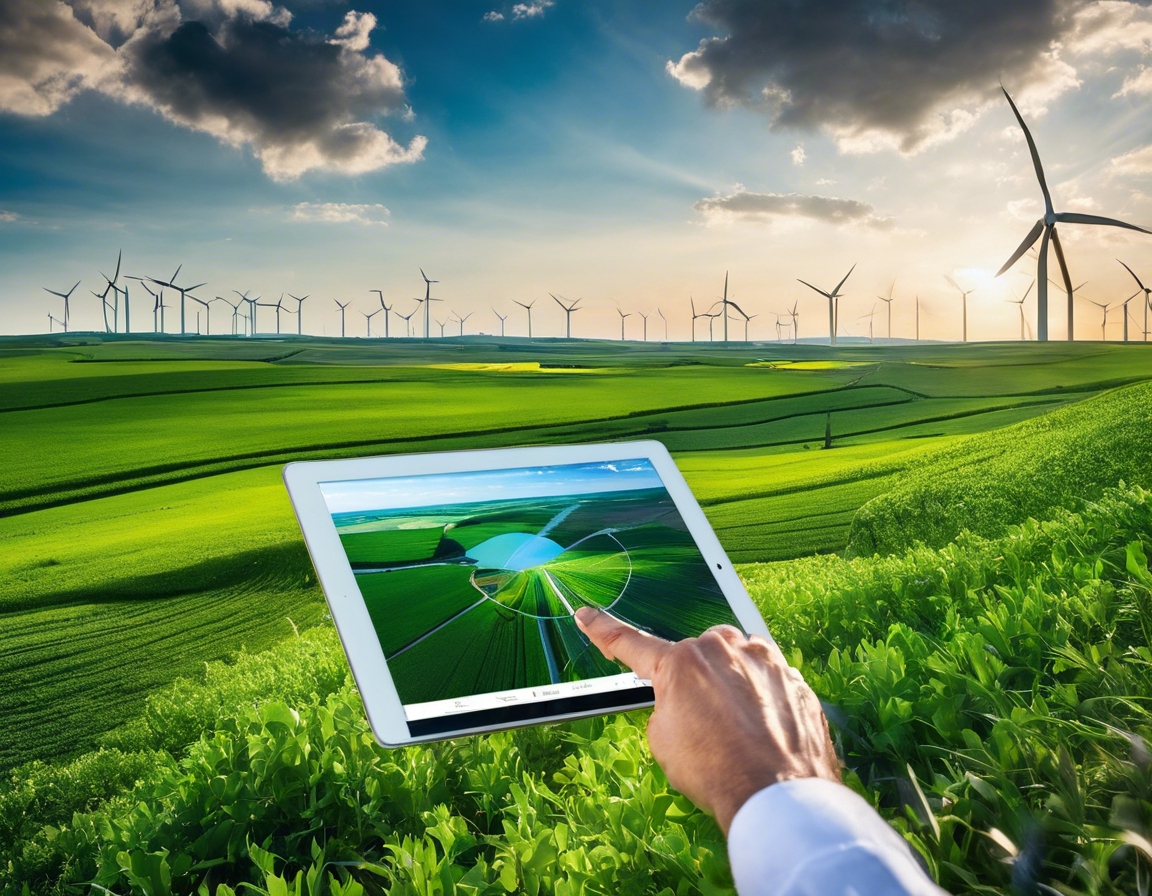Why green energy is the key to sustainable development
Green energy refers to power generated from natural resources—such as sunlight, wind, rain, tides, and geothermal heat—which are renewable and have a minimal impact on the environment. Unlike fossil fuels, green energy sources produce little to no greenhouse gases or pollutants, making them a cornerstone for a sustainable future.
Sustainable development is a holistic approach that seeks to meet the needs of the present without compromising the ability of future generations to meet their own needs. It encompasses economic growth, social inclusion, and environmental protection, all of which are interconnected and essential for the well-being of our planet and its inhabitants.
The Role of Green Energy in Sustainable Development
Green energy significantly reduces carbon emissions, mitigates climate change, and improves air quality. By transitioning to renewable energy sources, we can protect biodiversity and preserve natural habitats from the detrimental effects of conventional energy production.
Investing in green energy can stimulate job creation, foster innovation, and promote energy independence. Renewable energy projects often have lower operational costs compared to traditional power plants, leading to economic savings over time.
The adoption of green energy can enhance energy security, reduce energy poverty, and provide equitable access to energy. It also has the potential to empower communities, especially in remote or underserved areas, by providing reliable and clean energy solutions.
Challenges and Opportunities in Green Energy Adoption
Advancements in technology are making renewable energy more efficient and cost-effective. Innovations in energy storage, smart grids, and energy management systems are crucial for integrating green energy into existing infrastructures.
Effective policies and regulations are essential to accelerate the adoption of green energy. Incentives, subsidies, and clear guidelines can encourage investment and support the growth of the renewable energy sector.
Securing funding for green energy projects is a significant challenge, but also a substantial opportunity for investors. Public-private partnerships and international funding can play a pivotal role in scaling up renewable energy initiatives.
Green Energy Technologies and Their Impact
Solar energy is a versatile and abundant source of green energy. Photovoltaic systems and solar thermal plants can generate electricity and heat for a variety of applications, from residential to industrial scale.
Wind turbines harness the power of the wind to produce electricity. Onshore and offshore wind farms are becoming increasingly prevalent and are a key component of the green energy mix.
Hydropower utilizes the energy of flowing water to generate electricity. It is one of the oldest and most reliable forms of renewable energy, with the potential for further expansion and modernization.
Geothermal energy exploits the heat from the Earth's interior for heating and power generation. It offers a consistent and reliable energy source with a small footprint.
Bioenergy comes from organic materials and can be used to produce electricity, heat, and transportation fuels. It plays a crucial role in waste management and can contribute to a circular economy.
The Future of Green Energy in the Baltics
The Baltic region has a significant potential for green energy development, with abundant resources and a growing commitment to sustainability. The adoption of renewable energy is gaining momentum, driven by both environmental concerns and economic opportunities.
For the Baltics, green energy is not just an environmental imperative but also a strategic asset. It can enhance energy independence, reduce reliance on imported fuels, and position the region as a leader in sustainable energy innovation.







Comments (0)